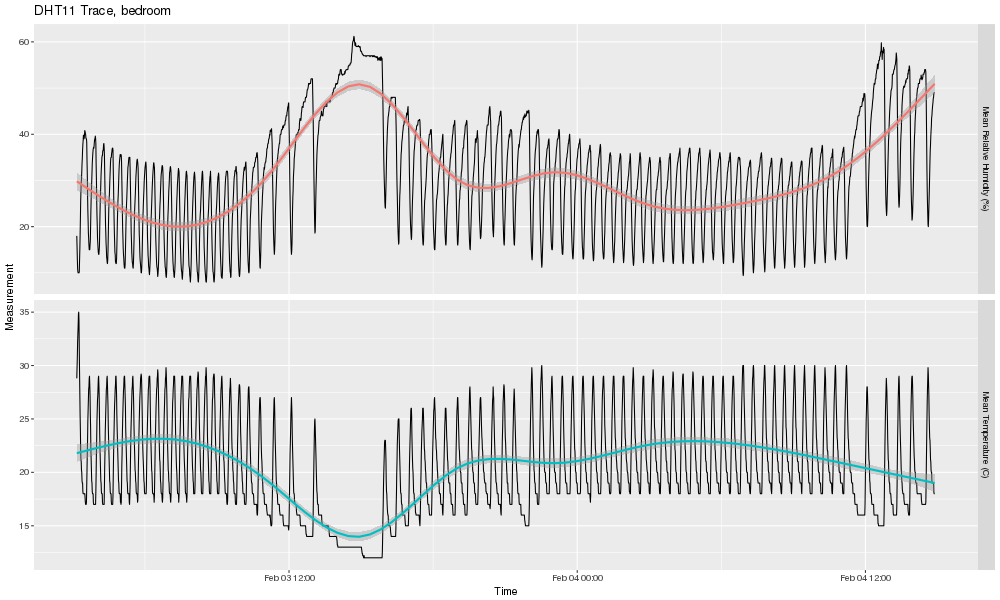
- Generic NeoPixel Exercises
- Wiring to Arduino
- Circular Topology
- Chasing Rainbow
- Tunable Chasing Rainbow
- Trigger-Reversible Chasing Rainbow
- Dial-Reversible Chasing Rainbow
- Modulo 12
- Analog Clock
- Groups and Greatest Common Factors
Entoloma sinuatum (commonly known as the livid entoloma, livid agaric, livid pinkgill, leaden entoloma, and lead poisoner) is a poisonous mushroom found across Europe and North America. Some guidebooks refer to it by its older scientific names of Entoloma lividum or Rhodophyllus sinuatus. The largest mushroom of the genus of pink-spored fungi known as Entoloma, it is also the type species. Appearing in late summer and autumn, fruit bodies are found in deciduous woodlands on clay or chalky soils, or nearby parklands, sometimes in the form of fairy rings. Solid in shape, they resemble members of the genus Tricholoma. The ivory to light grey-brown cap is up to 20 cm (8 in) across with a margin that is rolled inward. The sinuate gills are pale and often yellowish, becoming pink as the spores develop. The thick whitish stem has no ring.
When young, it may be mistaken for the edible St George's mushroom (Calocybe gambosa) or the miller (Clitopilus prunulus). It has been responsible for many cases of mushroom poisoning in Europe. E. sinuatum causes primarily gastrointestinal problems that, though not generally life-threatening, have been described as highly unpleasant. Delirium and depression are uncommon sequelae. It is generally not considered to be lethal, although one
twitter embed test:
#NewProfilePic pic.twitter.com/Y70R4tOVVv
— CarrboroRecybery (@recybery) February 20, 2018
